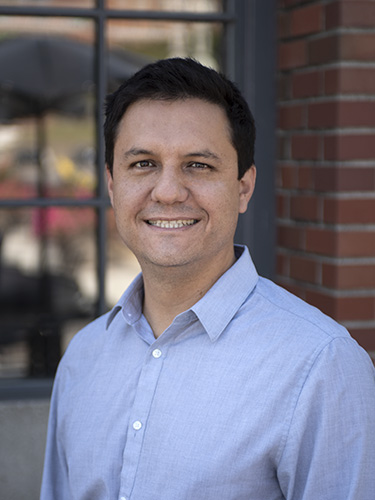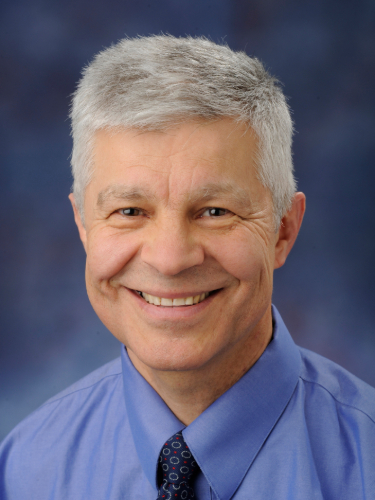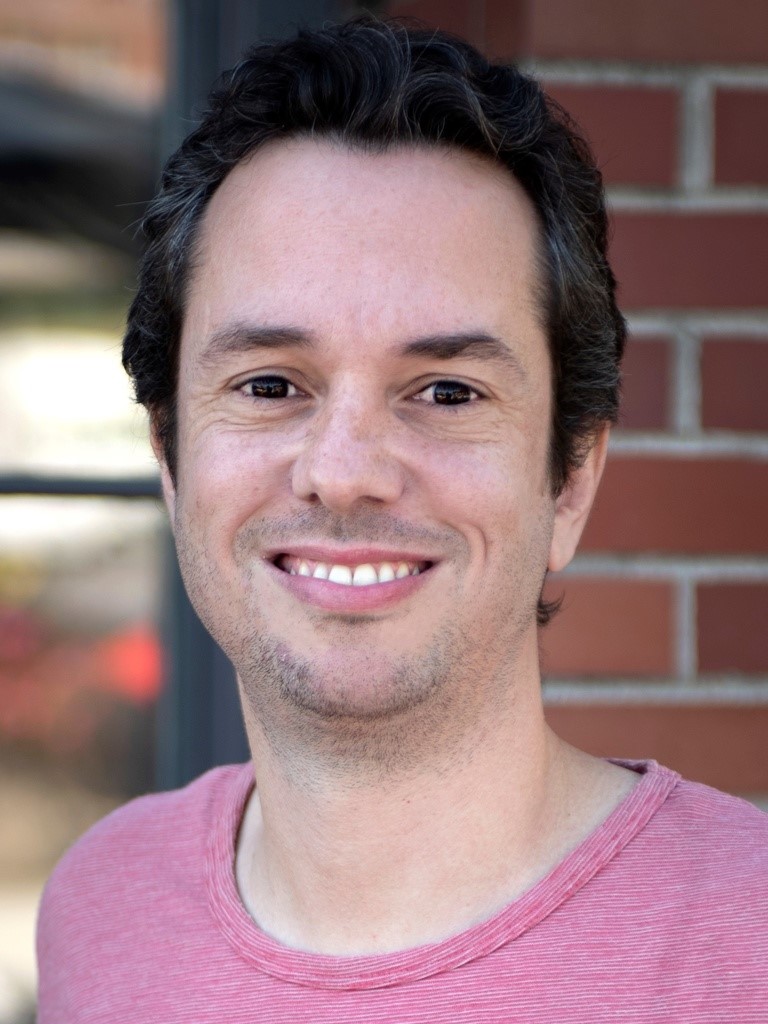Flooding has caused widespread damage and devastation to communities across Iowa. This has been especially true recently as floods in 1993, 2008, 2013, and 2019 have caused millions of dollars in damage to the infrastructure (see image below), highlighting a need to provide better information to improve community resilience. We aim to fulfill this need through the Iowa Flood Frequency and Projections tool (IFFP). After the record flooding that devastated Iowa in 2008, Iowa representatives drafted House File 822 to establish the Iowa Flood Center (IFC) at the University of Iowa, with purpose of developing tools that can help prepare Iowa's people for flooding. Among the tasks of the IFC, there was the development of hydrologic models for physically-based flood frequency estimation and projections. Therefore, the goal of IFFP is to provide stakeholders and decision makers with science-based current and projected design flows.
The IFFP page focus is on projections in annual maximum discharge at communities across Iowa. The domain includes all major streams which drain into the Mississippi and Missouri Rivers. The IFFP page is the primary page and provides stakeholders with our best assessment of the projected changes in flood frequency. The annual maximum discharge across Iowa is simulated with the Hillslope-Link Model (HLM) developed by the Iowa Flood Center. Simulations are performed over the 1981-2095 period using outputs from global climate models (GCMs) developed under the Coupled Model Intercomparison Project Phase 6 (CMIP6). We consider four emission scenarios or Shared Socioeconomic Pathways (SSP126, SSP245, SSP370, and SSP585). The approach used in this page is based on the fitting of a nonstationary generalized extreme value (GEV) distribution to the annual maximum daily discharge obtained by forcing the HLM model with a subset of GCMs that performed well for the historical period. To utilize the tool, the user selects a stream link on the map and the flood frequency estimates over time are provided for an emission scenario (either SSP126, SSP245, SSP370, and SSP585). The results are provided for discharge values with an annual exceedance probability (AEP) of 0.5, 0.2, 0.1, 0.04, 0.02, 0.01 and 0.004. The users can then click the button to generate a report with the location of interest, drainage area, and a table of AEP estimates overtime.
This page and the tools it contains provide a higher degree of flexibility to the users compared to the “IFFP” Page. Here are the biggest differences with respect to the IFFP page:
For more details on the methods of the tools please visit IFFP Wiki.
All available simulations (annual maximum discharge in cubic meters per second) for a specific stream segement can be accessed with the web services found below by providing the LinkID from either page mentioned above. The data is available in comma delimited format.
An example for linkid 367820 can be found here: https://iowafloodfrequency.iihr.uiowa.edu/discharge_extract_all.php?linkid=367820.
This work was supported in part by the Iowa Department of Transportation (Project number 20-SPR2-002). The opinions, findings, and conclusions expressed in this publication are those of the author and not necessarily those of the Iowa Department of Transportation or the United States Department of Transportation, Federal Highway Administration. Support by the Iowa Flood Center, IIHR—Hydroscience & Engineering, and the U.S. Army Corps of Engineers’ Institute for Water Resources is gratefully acknowledged.
All annual maximum discharges are simulated with the Iowa Flood Center's hydrologic model HLM. No observations are utilized except in the validation of the model performance for the historical period (see the studies below). For standard flood frequency analysis PeakFQ is typically utilized. PeakFQ fits a stationary (i.e., constant parameters) log-Pearson Type III distribution, while here we fit a non-stationary generalized extreme value distribution, hence there could be statistical differences when comparing at gage locations. The Historical simulations should not be compared year-by-year against the observations because they are based on what it is usually referred to as “coupled simulations” and the GCMs were not forced by observed boundary conditions. What we can ask the models for is that they are close to the observed climatology and trends, and this is what we have tested them for in our studies. Furthermore, on the "IFFP" page, we are showing the multi-model average when calculating the flood frequency over time as there is quite a bit of model to model varaibility for a given year. This means we do not capture the year to year variability typically shown with gage observations. Discrepancies between climate models can be see when using the “For Research” page. Finally, none of the results should be treated as “accepted practices” as there isn’t much guidance for this type of work. We believe that this is the first tool that provides future flood information for Iowa and users should excercise their own judgement when utilzing our results as bias estimation exist. We hope that our work will move the research in the right direction and that more groups will work towards projections in flooding.
 |
Alexander Michalek
Alexander is doctoral student in the Civil and Environmental Engineering Department and at IIHR—Hydroscience & Engineering at the University of Iowa. He works on computational hydrology with Dr. Gabriele Villarini. His research focuses on flood frequency analysis and climate change using physically-based hydrologic modeling. Before coming to the University of Iowa, Alexander received a B.S. and M.S. in Civil Engineering from the University of Kansas, with research focused on sediment connectivity and roadway hydraulics. |
 |
Felipe Quintero
Felipe is a research scientist at IIHR—Hydroscience & Engineering at the University of Iowa. His research focuses on flood forecasting, radar meteorology, and propagation of uncertainty in hydrologic modeling. His work at the Iowa Flood Center is aimed to enhance the Iowa Flood Information System (http://ifis.iowafloodcenter.org) by designing tools that allow the Iowa Flood Center to provide river stage forecasts for any location in Iowa. He received an M.Sc. in water resources management from the National University of Colombia in 2007, and a Ph.D. in Civil Engineering from Polytechnic University of Catalonia (Spain) in 2011. |
 |
Gabriele Villarini
Dr. Gabriele Villarini is a Professor in the Department of Civil and Environmental Engineering at the University of Iowa. His research interests focus broadly on flood hydrology, extreme events, hydroclimatology, and climate predictions and projections. He received his M.S. (2003) in Civil Engineering from the University of Rome "La Sapienza," and his Ph.D. (2008) in Civil and Environmental Engineering from the University of Iowa under the supervision of Prof. Witold Krajewski. He worked as a researcher in the Department of Civil and Environmental Engineering at Princeton University with Prof. James Smith. He also received his Executive MBA (2018) from the Tippie College of Business at the University of Iowa. He is the Editor-in-Chief for Advances in Water Resources. |
 |
Witek Krajewski
Dr. Witold F. Krajewski is a Professor in the Department of Civil and Environmental Engineering and Research Engineer at IIHR—Hydroscience & Engineering. In 2009, he was appointed Director of the Iowa Flood Center. Dr. Krajewski received M.S. (1976) and Ph.D. (1980) degrees from Warsaw University of Technology, Poland, in Environmental Engineering and water resources systems. Dr. Krajewski’s scientific interests concern measuring, modeling, and forecasting precipitation using radar and satellite remote sensing. His current research focuses on understanding the genesis and evolution of floods through field data and modeling, and the quantification of uncertainty in hydrologic prediction at a range of temporal and spatial scales. Dr. Krajewski has published over 260 papers in refereed journals on these topics. Dr. Krajewski was elected to the National Academy of Engineering in 2021. |
 |
Renato Amorim
Renato is a doctoral student in the Civil and Environmental Engineering Department and at IIHR—Hydroscience & Engineering at the University of Iowa, studying statistical hydrology with Dr. Gabriele Villarini. His research focuses on understanding the impact of tropical storms and flooding. Renato has more than 10 years of experience as an engineer for the government of Brazil, with vast knowledge in fluvial geomorphology, sediment transport, channel navigation, and hydrological and hydraulic modeling with over 20 publications. He studied at the Federal University of Minas Gerais and the University of Brasilia obtaining a B.S. and M.S. in Civil Engineering before joining the IIHR team. |